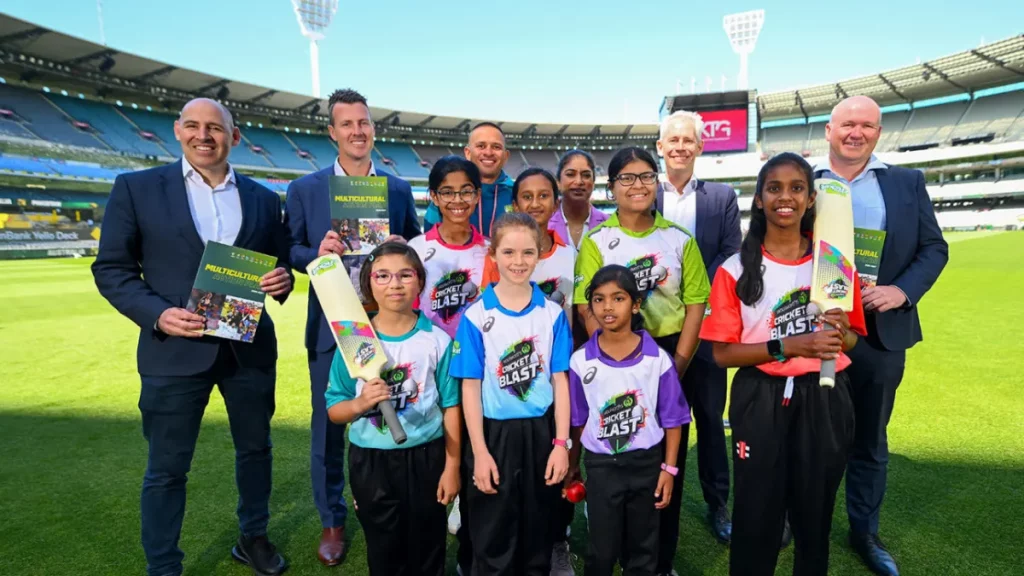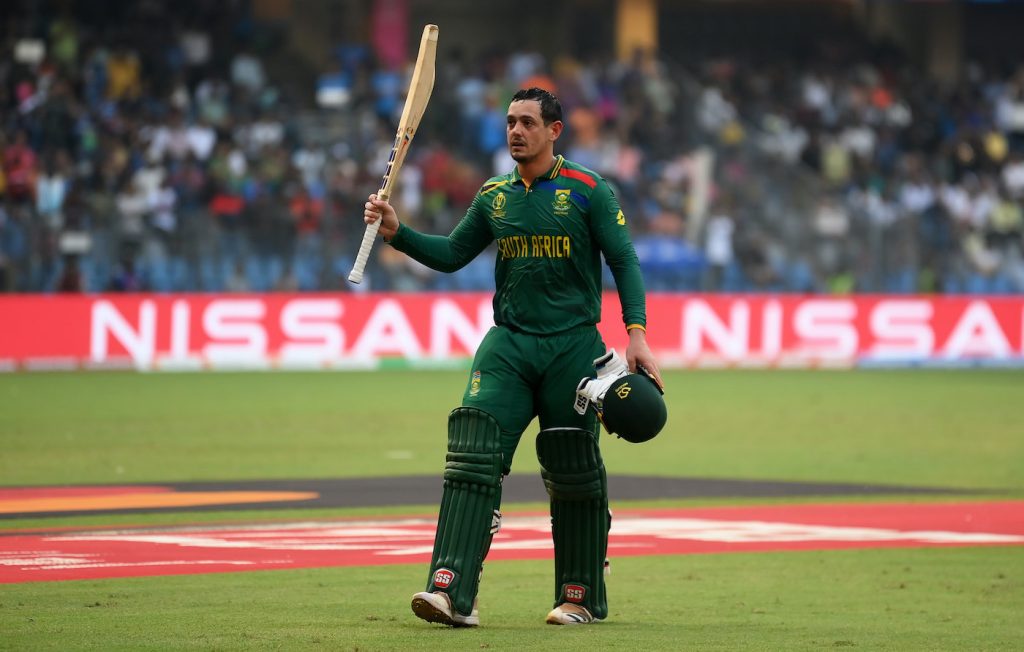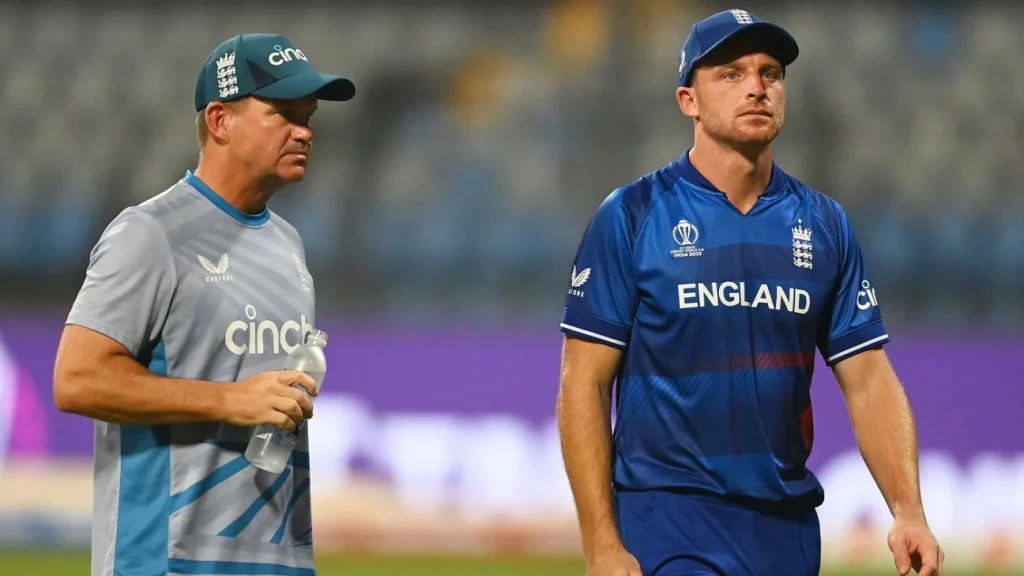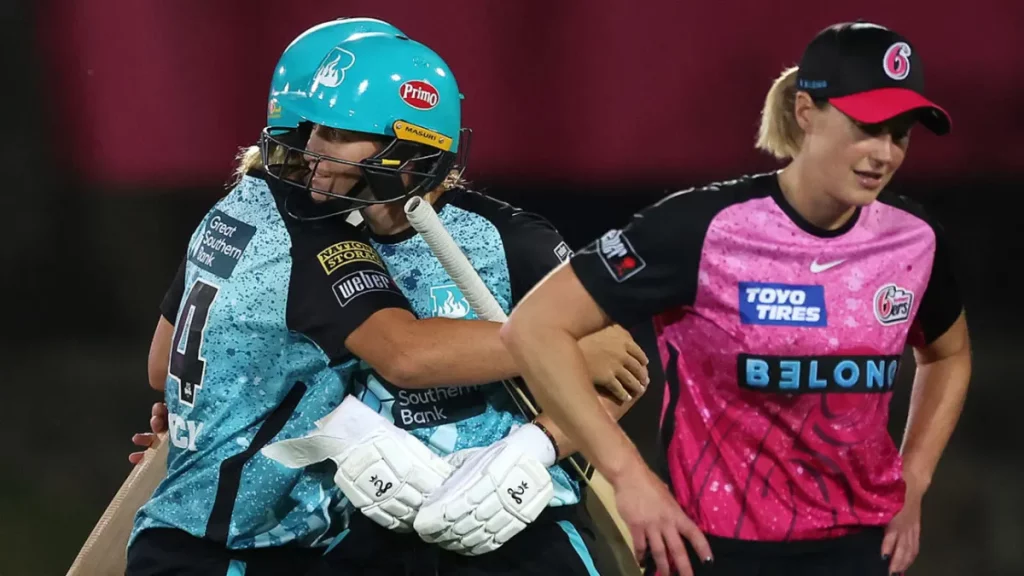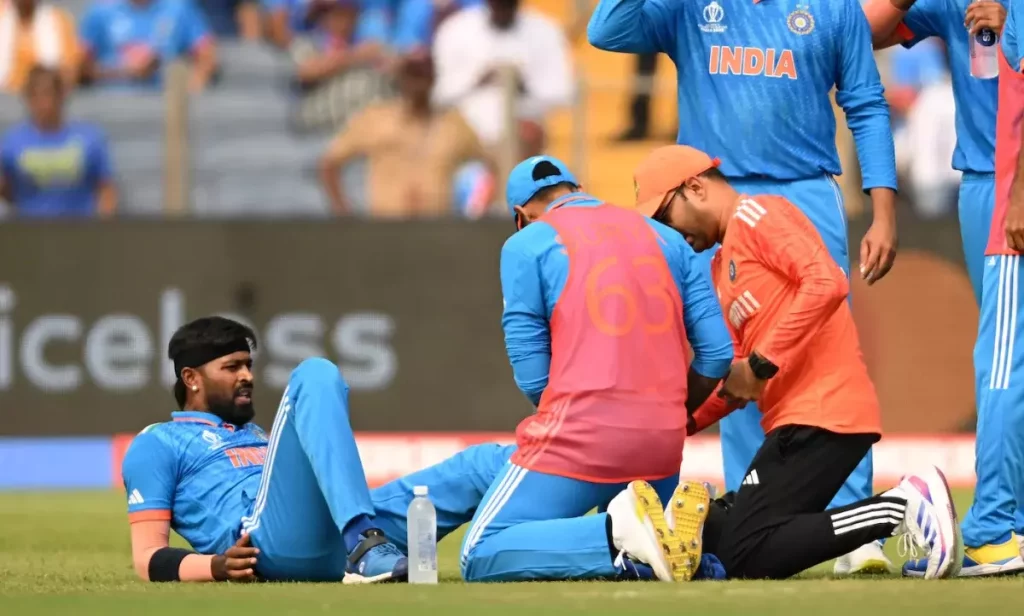Cricket Australia has embarked on an ambitious journey to nearly double the participation of players from South Asian backgrounds in professional cricket by 2027.
This initiative is part of a broader strategy to enhance participation and attendance among multicultural communities in Australia.
The goal is to increase South Asian representation in first-class, state, and W/BBL cricket from the current 4.2% to 8% by 2027.
Additionally, Cricket Australia aims to double the number of South Asians attending matches in Australia each year from 100,000 to 200,000 and to increase those registered to play from 70,000 to 100,000.
The Challenge of Converting Followers into Players
One of the significant challenges Cricket Australia faces is transforming the large following of cricket among South Asian communities into a pathway for player talent and broader representation in the sport’s administration.
The men’s T20 World Cup last year, particularly the India vs. Pakistan match at the MCG, which attracted over 90,000 spectators, highlighted the potential for growth in this area.
Key Figures in the Multicultural Action Plan
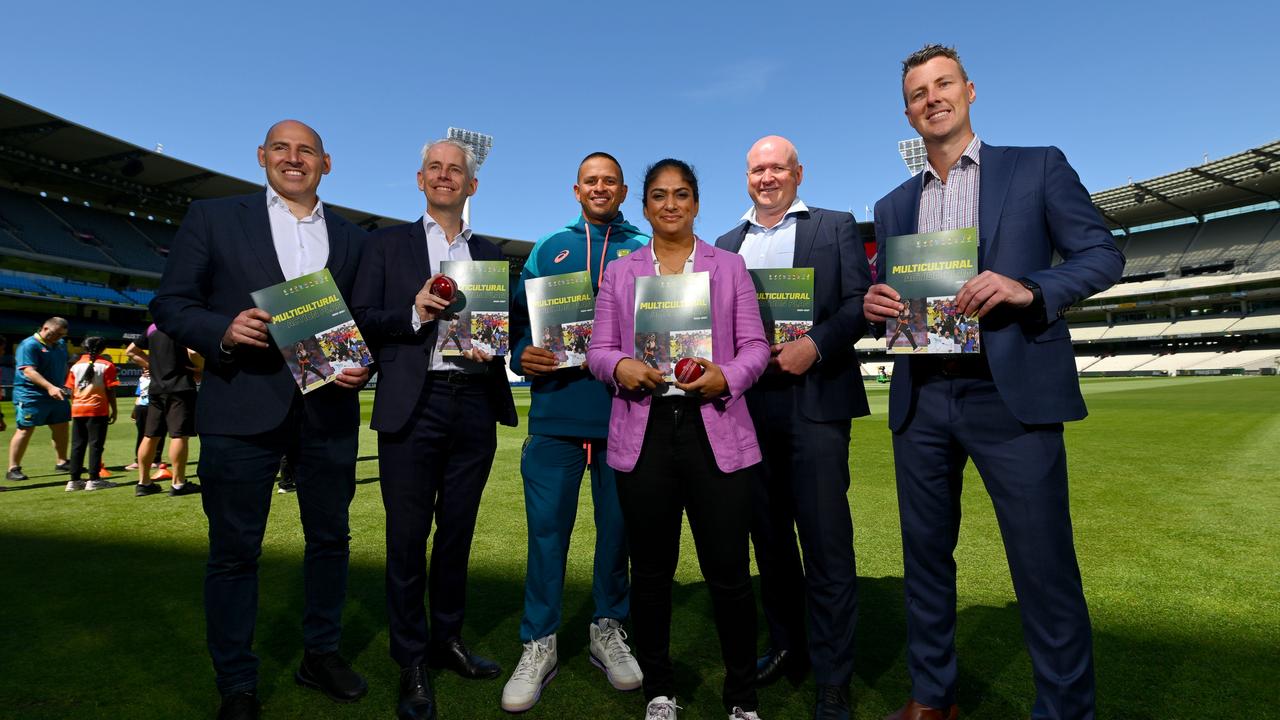
Usman Khawaja, Alana King, and Lisa Sthalekar have been instrumental in developing the new Multicultural Action Plan, launched at the MCG.
While the plan focuses on South Asian growth, it encompasses all multicultural communities.
Khawaja, born in Pakistan and moved to Australia at the age of five, has been a vocal advocate for diversity in cricket.
He emphasized the need for Cricket Australia to reflect the multicultural participation in its teams, especially given the historical dominance of white Australians in the sport.
Breaking Down Barriers and Stereotypes
Khawaja shared his experiences of facing stereotypes and the lack of understanding from coaches and selectors who were predominantly white Australians.
He highlighted the importance of having multicultural representation in all aspects of cricket, including at the board level and CA staff.
This diversity is crucial for breaking down stereotypes and ensuring a more inclusive environment.
Cricket Australia’s Commitment to Inclusivity
Nick Hockley, CA’s chief executive, reinforced the organization’s commitment to making every cricket environment as inclusive as possible.
He acknowledged that the current metrics show that Cricket Australia is not yet representative of the community it serves. The Multicultural Action Plan is a step towards addressing this gap.
Personal Experiences of South Asian Cricketers
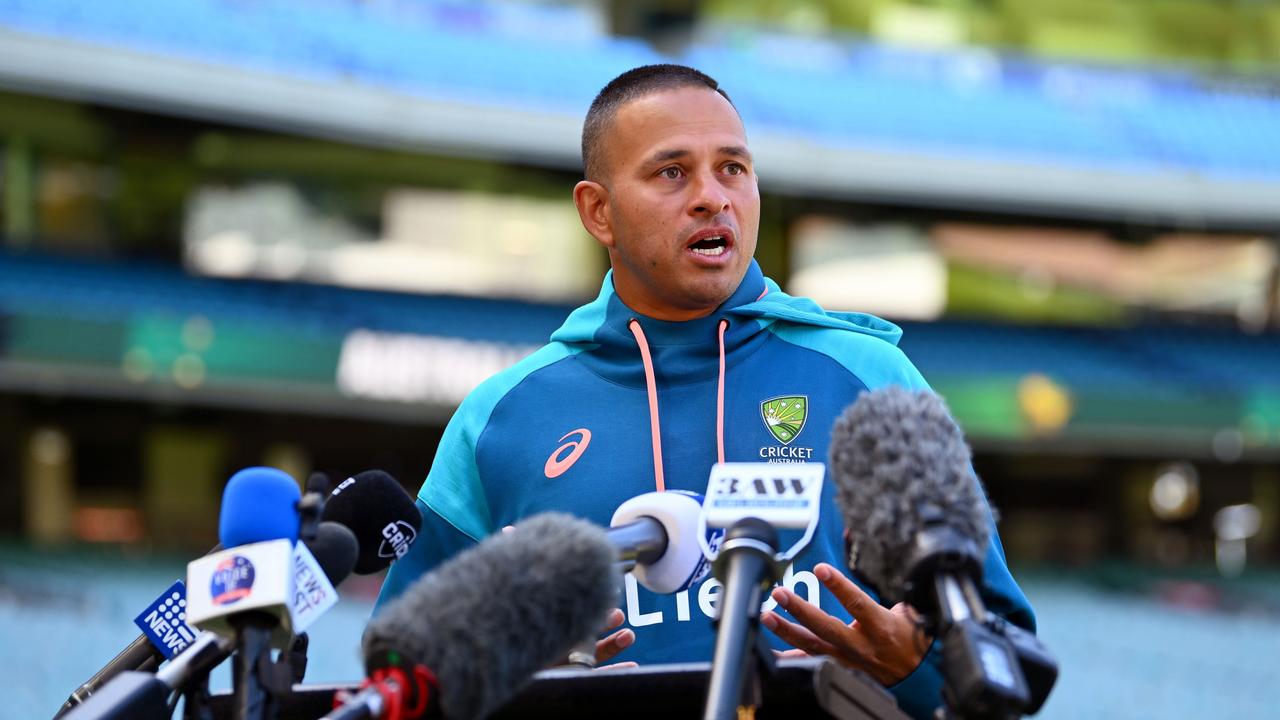
Khawaja’s personal experiences, such as observing Ramadan while playing for New South Wales, underscore the challenges faced by players from diverse backgrounds.
He recounted how his fasting during Ramadan was misunderstood as a lack of effort, highlighting the need for greater cultural understanding within the sport.
Conclusion
Cricket Australia’s initiative to double South Asian participation by 2027 is a significant step towards making cricket more inclusive and representative of Australia’s diverse population.
By addressing the challenges of converting a large following into actual player talent and ensuring broader representation in the sport’s administration, Cricket Australia is paving the way for a more diverse and inclusive future in cricket.
This initiative not only aims to enhance the performance and reach of cricket in Australia but also to break down cultural barriers and stereotypes, creating a more welcoming environment for players of all backgrounds.
